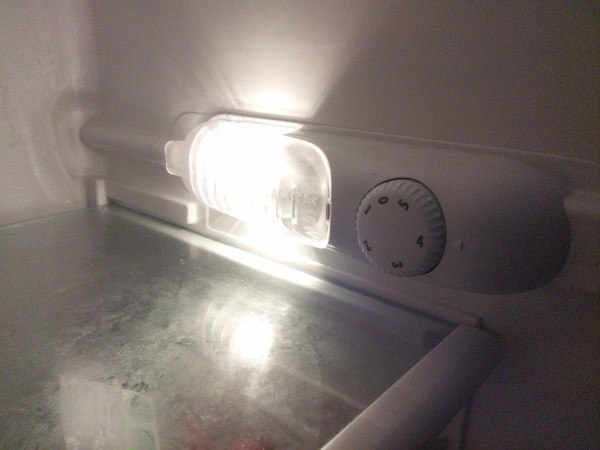The mechanism controlling your refrigerator’s temperature often leads to misunderstandings, which can result in food spoilage. It is becoming clear that the numbers on a fridge’s dial do not represent temperature settings as many people believe. Despite refrigerators being essential in kitchens worldwide, for years, people have been storing perishables like milk, fresh meat, and vegetables without fully understanding the correct settings to use.

The appliance, whether it’s a combined fridge-freezer unit or a standalone refrigerator, has a small white dial inside, usually located at the top right corner near the door hinge. This dial is used to adjust the temperature. However, the process is more nuanced than it appears.
While changing the dial does alter the fridge’s temperature, the numbers on it do not correspond to degrees Celsius. Reddit users have clarified that these numbers indicate the strength of the fridge’s cooling function. Contrary to what one might expect, higher numbers actually mean a colder setting.

One user explained: “The numbers on the dial indicate the strength of the cooling. The higher the number, the colder the fridge will be. For instance, setting it to 5 will result in the coldest temperature.”
Many people have mistakenly believed that setting the dial to 1 corresponds to 1°C, but this is usually not the case for most modern fridges. Incorrect settings can lead to food spoilage or excessive ice formation. However, a few fridge models do use degrees Celsius for their dials.

To figure out how your fridge’s dial works, you can use this simple method:
- Set the dial to a low number and see if the fridge becomes warmer.
- Gradually increase the number and observe when the fridge starts to cool down.
- The point where you notice the temperature change indicates the dial’s reference point for cooling power.
- Use this reference to understand how different numbers affect your fridge’s temperature.
This method will help you set your fridge correctly, ensuring proper food preservation and avoiding issues with ice buildup.
